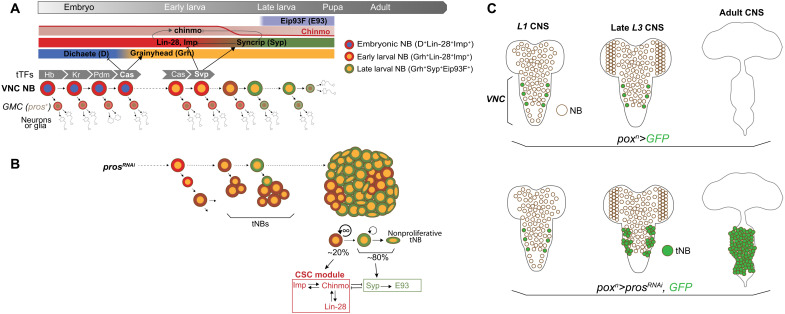Fig. 1. Temporal patterning in NBs during development and tumorigenesis.
(A) Scheme depicting the expression dynamics of temporal patterning in VNC NBs throughout development. NBs undergo terminal differentiation during metamorphosis. tTFs [Hunchback (Hb) ➔ Kruppel (Kr) ➔ Pou-Domain protein 1 (Pdm1) ➔ Castor (Cas) ➔ Seven-up (Svp)] are sequentially expressed in NBs during embryogenesis and early larval development. Cas and Svp promote transitions between three temporal windows: the embryonic D+Lin-28+Imp+ window, the early larval Grh+Lin-28+Imp+ window, and the late larval Grh+Syp+Eip93F+ window. Imp and Syp respectively positively and negatively regulate chinmo at the posttranscriptional level, leading to a down-regulation of the Chinmo protein in NBs from mid-larval stages. (B) pros knockdown in NBs from early larval stages prevents the differentiation of GMCs, leading to NB tumors that persist growing in adults. Tumorigenic NBs (tNBs) recapitulate part of the larval temporal patterning from mid-to-late larval stages. Coopted larval temporal patterning governs the cellular hierarchy within the tumor. Imp, Chinmo, and Lin-28 define a CSC module in tNBs. tNBs expressing Syp and E93 tend to enter a nonproliferative state. (C) The poxn>prosRNAi system allows the generation of tumors from six NBs of origin located in the VNC. tNBs persist in adults to propagate tumor growth.

